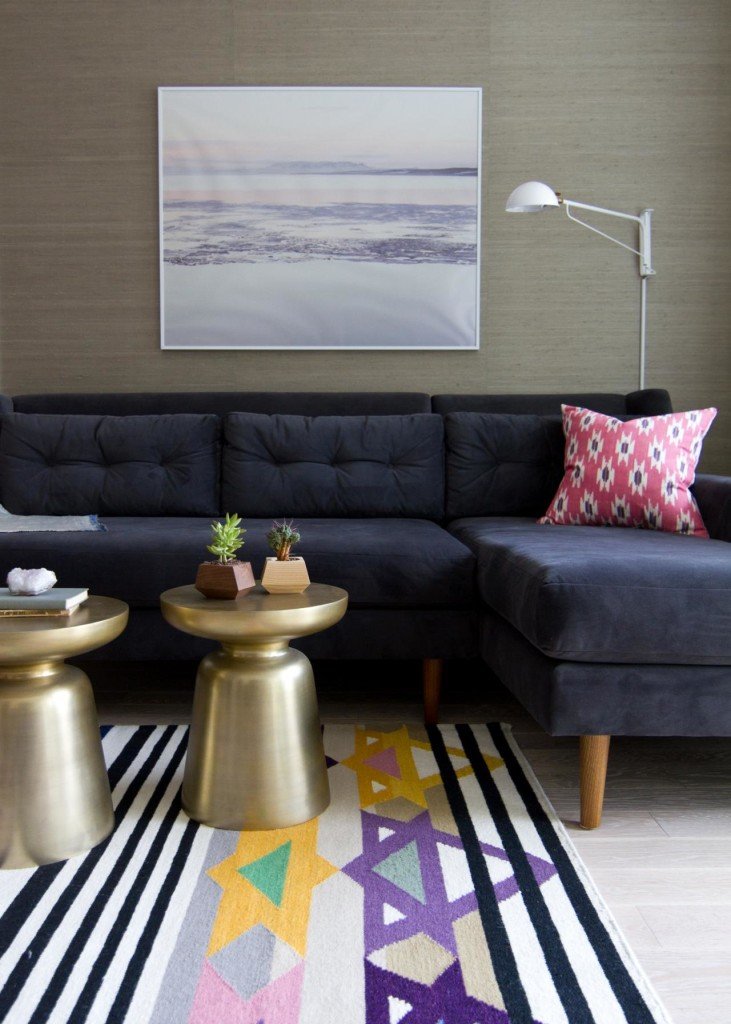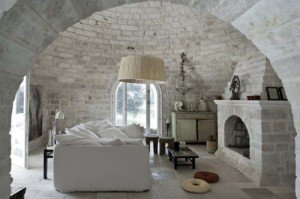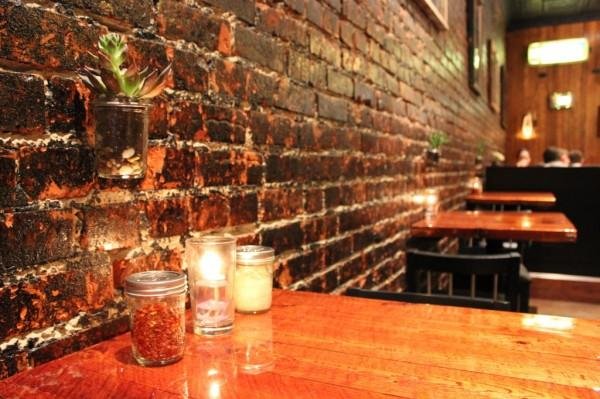Texture - How to Generate Character
Let’s face it, texture is generally not at the top of mind for most clients when they consider the look of a room. It’s up to you, the designer, to consider the feel that you can create for any space that is changing, and that includes a variety of texture choices you can make: from walls to floors to window treatments.This can include anything from rich and sensuous to rough and unrefined, depending on the purpose of the space and the comfort level your client is looking for. If it really is true that “Form follows function”, then grain, nap, feel, and finish will all be defined by how a space will be used. Since it will be your imagination and creativity that will determine the character of the space on which you're working, you must understand the essential qualities of every room you design, moving beyond mere pieces and color choices to consider textures that enhance the overall feeling conveyed.
Use texture to make any room “POP”
As an example of the use of texture to enhance an otherwise neutral look, the wallcovering in the image below, borrowed from HGTV.com, clearly illustrates the point. As explained in the image caption, “The texture of the grass cloth wallpaper in this space designed by Jenny Norris offers both warm tones of beige and cooler tones of gray. The beige tones help the wallcovering relate well to the gold accent tables and wooden couch legs, while the cooler tones mix well with the navy sofa.” In the image below, we see a stunning example of how texture can be used to re-imagine an otherwise uninteresting room. While the space retains its clean white look, the variety of textures employed adds real depth and character, making a strong statement on behalf of the homeowner. You can see more at EllieColeInteriors.com.
In the image below, we see a stunning example of how texture can be used to re-imagine an otherwise uninteresting room. While the space retains its clean white look, the variety of textures employed adds real depth and character, making a strong statement on behalf of the homeowner. You can see more at EllieColeInteriors.com. Needless to say, commercial spaces can also benefit from the feel conveyed by the effective use of texture. No customer who steps through the door of Rocco’s Pizza in Belltown, Washington, near Seattle, will be confused by the down-to-earth atmosphere conveyed by the use of original brick in the walls, or by the 100-year-old wood that was pulled from the original ceiling to create the tables. (Image from SeattlePI.com.)
Needless to say, commercial spaces can also benefit from the feel conveyed by the effective use of texture. No customer who steps through the door of Rocco’s Pizza in Belltown, Washington, near Seattle, will be confused by the down-to-earth atmosphere conveyed by the use of original brick in the walls, or by the 100-year-old wood that was pulled from the original ceiling to create the tables. (Image from SeattlePI.com.) In short, do not let texture become an afterthought when it comes to reimaging interiors for your clients. Our reasoning for this is simple: texture is the thing that can make a room pop. It can easily be what brings an otherwise fine design up to levels that are envied.
In short, do not let texture become an afterthought when it comes to reimaging interiors for your clients. Our reasoning for this is simple: texture is the thing that can make a room pop. It can easily be what brings an otherwise fine design up to levels that are envied.
